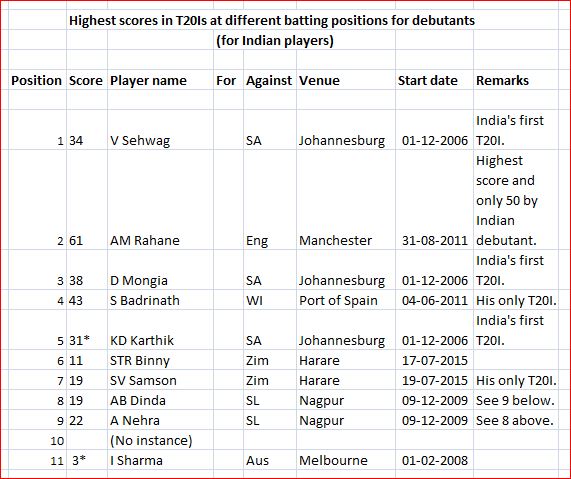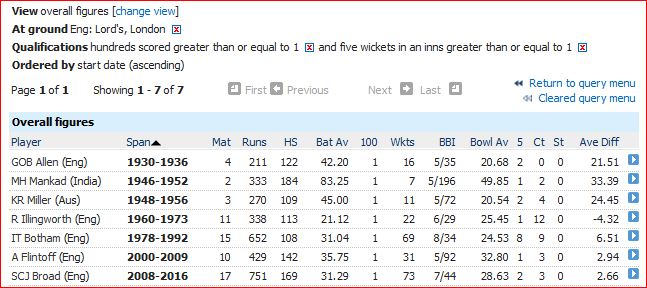Every couple of years we see panic in the media over the Chinese entering India at a place called Barahoti in Uttarakhand. It is often forgotten that India has borders with Tibet in Himachal Pradesh and Uttarakhand as well as Jammu & Kashmir and Arunachal Pradesh. There has been a dispute about Barahoti on record since at least 1954, in the days of Hindi Chini Bhai Bhai.
Anyway, the place known as Barahoti is (as far as I could find) an 80-sq km pasture in Chamoli district. No information about its permanent population and infrastructure seems to be available on the net. It is too obscure to have an article in Wikipedia. Anyway, you can see its location on Google Maps:
Also this one of Chamoli district:
https://www.euttaranchal.com/maps/chamoli_map.php
The nearest town of importance seems to be Joshimath (the tehsil town) and the nearest place of any importance is the village of Malari, which you pass while going to Barahoti and beyond. The motorable road appears to end somewhere here.
The nearest permanent military outpost is at a place called Rimkhim about 10 km from the border and a few km from Barahoti.
In the 1962 was the Chinese armed forces did not bother to do anything here, presumably as their objectives in Ladakh and NEFA were more important.
These articles may be of interest:
http://www.mainstreamweekly.net/article1665.html
http://www.firstpost.com/world/history-lesson-why-china-and-india-will-have-to-do-a-swap-743097.html
http://www.indiandefencereview.com/the-case-of-barahoti-the-first-himalyan-blunder-2/
The first article, in particular, brings out the rather laid-back conditions on the Indian side of the border. Unlike in most of the India-Pakistan and India-Bangladesh borders, no one seems to know or care just where the border is.
You may also find this of interest:
https://abn397.wordpress.com/2016/03/19/the-northernmost-points-in-india/











